- No products in the cart.
Blemaren Table spike. 80 pc
Furosemide injection 10mg / ml 2 ml ampoules 10 pcs
$0.60
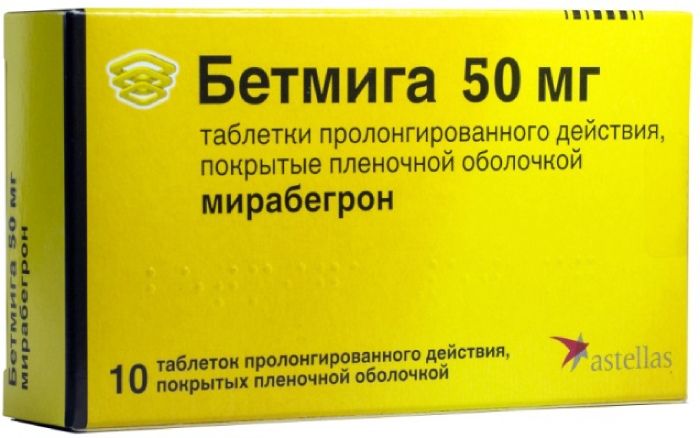
Betmiga Tab n / a film about prolong. 50mg 10 pc
$22.92
$44.36
Blemaren Table spike. 80 pc
SKU: 1704910446 Categories: Kidney and bladder, Medicaments, Urolithiasis disease Tags: citric acid + potassium bicarbonate + sodium citrate, Esparma
Description
Composition
Active substance:
Citric acid – 1197.0 mg, potassium carbonate – 967.5 mg, sodium citrate – 835.5 mg ;.
Excipients:
Lactose monohydrate – 115.0 mg Mannitol – 105.0 mg adipic acid – 35.0 mg macrogol 6000 – 100.0 mg Sodium saccharinate – 10.0 mg Lemon flavor – 35.0 mg.
Description:
Round Valium pills in white, with a facet, with a faint lemon odor.
Product form:
Effervescent tablets.
20 tablets per plastic tube made of polypropylene, capped with a plastic lid with a desiccant. 4 tubes with indicator paper, and the calendar control instructions for use placed into cardboard pack.
Contraindications
– hypersensitivity; – lactase deficiency, lactose intolerance, glucose-galactose malabsorption; – acute and chronic renal failure; – metabolic alkalosis; – Urinary tract infections caused by microorganisms that break down urea; – hereditary episodic weakness; – the need for strict observance of a salt-free diet (e.g., severe hypertension); – Children up to age 12 years (since there is no adequate clinical experience with respect to this age group).
Indications
– dissolution of uric acid and calcium oxalate stones in the urinary tract and the prevention of their formation; – dissolving the mixed oxalate urate stones (at a content of less than 25% of oxalates); – alkalization of urine in patients receiving cytotoxic drugs or drugs that increase the excretion of uric acid; in the treatment of cystine stones; – symptomatic treatment of skin porphyria.
Interaction with other drugs
Simultaneous administration of drugs containing citrate and aluminum can lead to increased absorption of aluminum. The interval between doses of these drugs should be at least 2 hours. It may weaken the effect of cardiac glycosides during their simultaneous administration with drug Blemaren®, due to the presence of potassium drug.
Some drugs that lower blood pressure (aldosterone antagonists, potassium-sparing diuretics, angiotensin converting enzyme Sartai) and non-steroidal anti-inflammatory agents and analgesics may decrease potassium excretion.
Overdose
In normal kidney function undesirable influence of the drug on the change in the physiological metabolic parameters were observed under normal recommended dose or at a higher, since isolation of excess alkali kidney is a natural regulatory mechanism of acid-base balance in the body.
Outer boundary indicator urine pH range specified above should not be exceeded for a couple of days, because due to the increase of pH (pH> 7.8), there is increased risk of crystallization of phosphates.
Possibility of overdose can be corrected by reducing the dosage. If necessary, take measures for the treatment of metabolic alkalosis.
pharmachologic effect
Pharmacological group:
Treatment for nephrolithiasis.
Pharmacological properties:
Upon dissolution of the effervescent tablet in water Blemaren® formed potassium sodium hydrocitrate and carbon dioxide. Before the drug is an increase in pH of urine. Thus, the drug dissolves and prevents the formation of uric acid stones. Furthermore, increased allocation citrates and reduces calcium excretion and improves the solubility of calcium oxalate in the urine, inhibits the formation of crystals and, hence, prevents the formation of calcium-oxalate stones.
Pharmacokinetics:
Bioavailability – about 100%. After a one-day dosing Blemaren® introduced amount of sodium and potassium excreted by the kidneys within 24 -. 48 hours after prolonged use of the drug daily excretion of potassium and corresponds to the daily sodium intake. The blood or blood plasma, no significant changes in the blood gas readings, or electrolytes. This means that due to alkalinization renal regulation of acid-base balance in the body is maintained, and accumulation of sodium and potassium with normal renal function occurs.
Pregnancy and breast-feeding
Confirmed data on undesirable actions Blemaren® drug during pregnancy and breastfeeding is not. Acceptance of the drug is possible after consultation with the doctor.
Conditions of supply of pharmacies
Without a prescription.
side effects
According to the World Health Organization (WHO), undesirable effects are classified according to their rate of development as follows: very common (> 1/10), common (> 1/100,
special instructions
The average daily intake (4 Effervescent tablet) contains about 1.5 mg of potassium, and 0.9 g of sodium (note in patients with limited consumption of salt).
May be used in chronic renal failure, is not accompanied by a delay of potassium ions.
Can be administered to patients with diabetes.
When dissolving uric acid stones should avoid many days of excessive alkalinity of urine because with increasing pH above 7.8 may cause sodey phosphate precipitate uric acid crystals on the surface, which may further hinder their dissolution.
During treatment should limit intake of foods rich in proteins and purine bases, and to provide adequate fluid intake (not less than 1.5 – 2 liters).
Effects on ability to drive vehicles and other mechanisms
The drug has no effect on the ability to drive vehicles and other machines that require attention.
Storage conditions
Store at a temperature not higher than 25 ° C.
Keep out of the reach of children!
After opening to protect from moisture !.
Dosing and Administration
Prior to ingestion of the tablets was dissolved in 200 ml of liquid (water, tea, fruit juice or alkaline mineral water). There may be a slight haze and a small amount of insoluble particles on the surface.
The daily dose – 2 – 6 tablets.
The daily dose is evenly distributed into 3 equal parts and taken after meals for the day. Monitoring the effectiveness of the drug is carried out by determining the fresh urine pH 3 times a day before the next administration of the drug via indicator paper enclosed in each pack. Indicator zone of the test strip to be immersed into the urine for 5 – 10 seconds, and then removed and after 2 min compare the resulting color of the test strip with a scale of colors, applied to a set of test strips. The resulting pH should be recorded in the control calendar which is embedded into the package. Based on the data obtained physician selected individual dosage for effective therapy.
The dose is considered to be properly chosen in the event that the pH during the day is within the recommended range for each indication. To dissolve uric acid stones urine pH should be between 7.0 – 7.2. To dissolve urate stones mixed oxalate and prevent the formation of calcium-oxalate stones urine pH must be maintained at 6.8 – 7.4. For alkalinization incontinence in patients with cystine stones urine pH should be in the range 7.5 – 8.5. For the treatment of porphyria urine pH should be between 7.2 – 7.5. In the treatment with cytostatics urine pH must not be below 7.0. If the urine pH value below this, the dose should be increased if it is above – lower. The treatment duration of at least 4 – 6 months.
In the presence of cystine stones and the treatment of porphyria efficiency control should use a special indicator paper to determine the pH in the range 7.2 – 9.7 (not included).
Information
Appearance may differ from that depicted in the picture. There are contraindications. You need to read the manual or consult with a specialist
Additional information
| Weight | 0.100 kg |
|---|---|
| Manufacturer | Esparma |

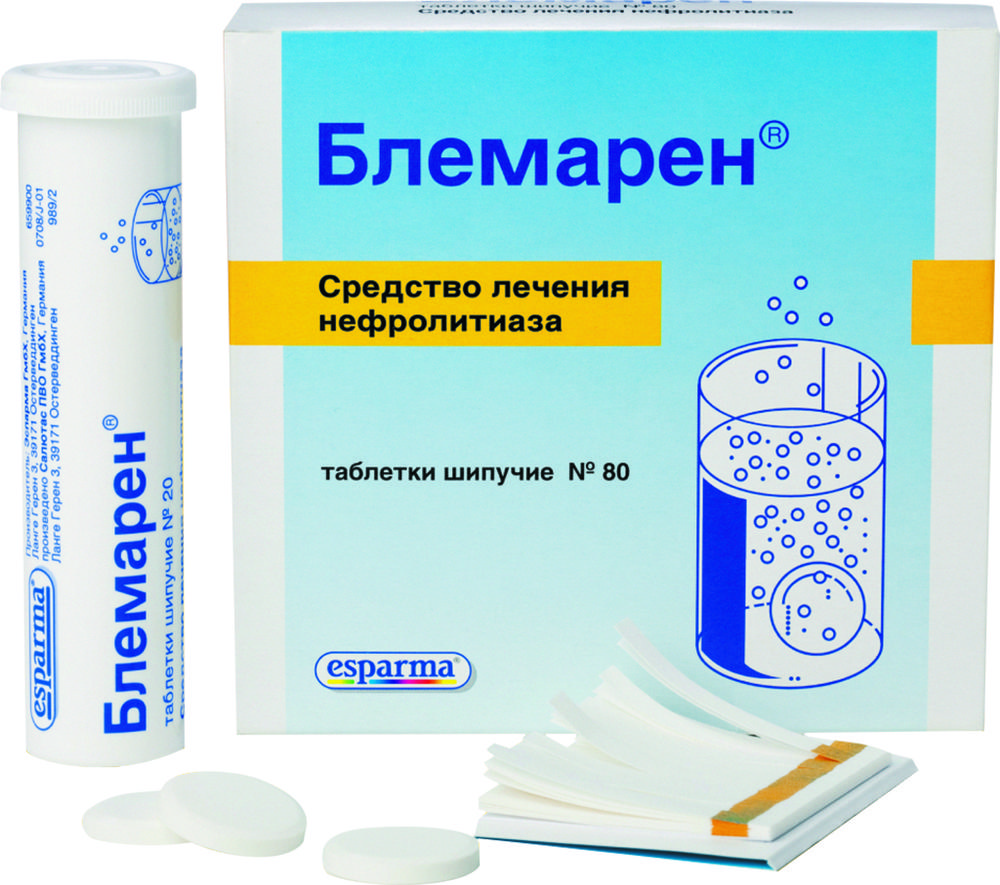
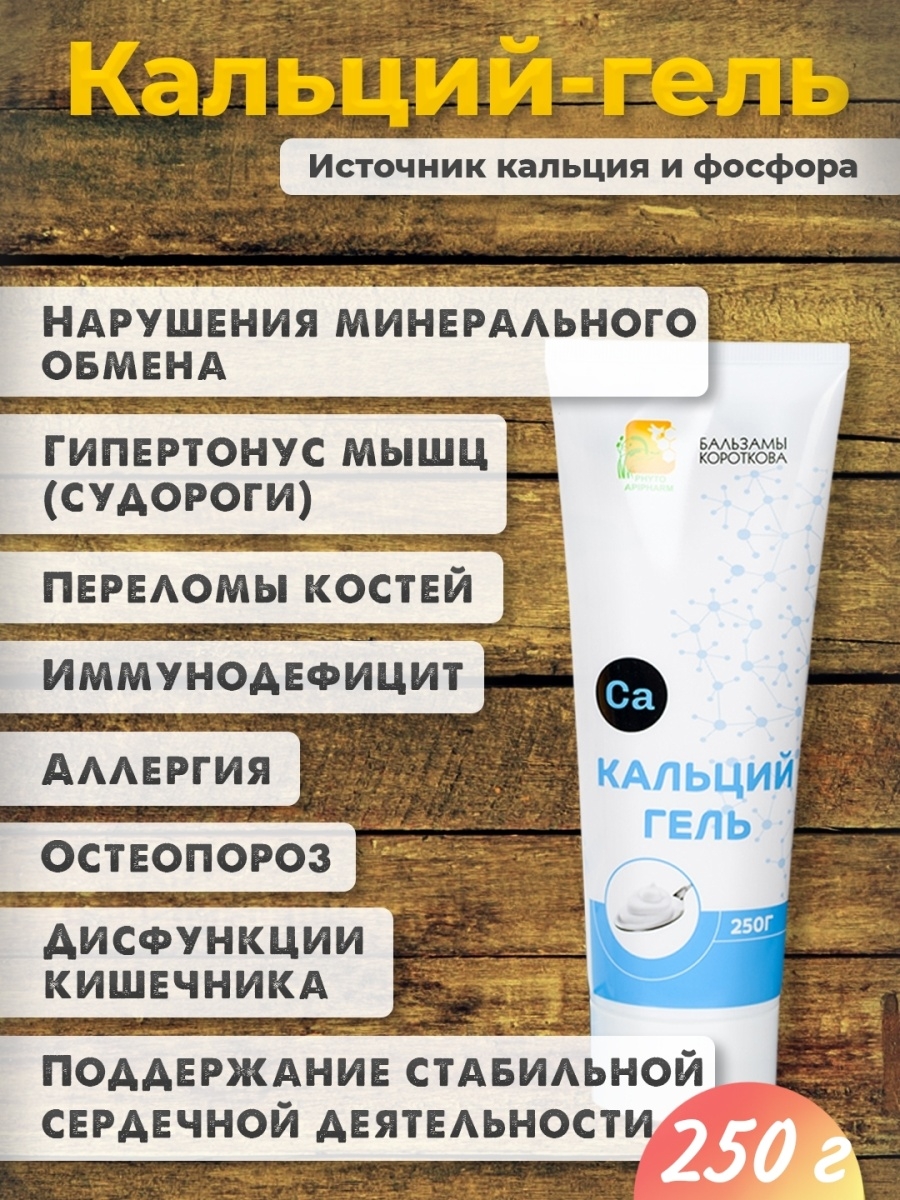
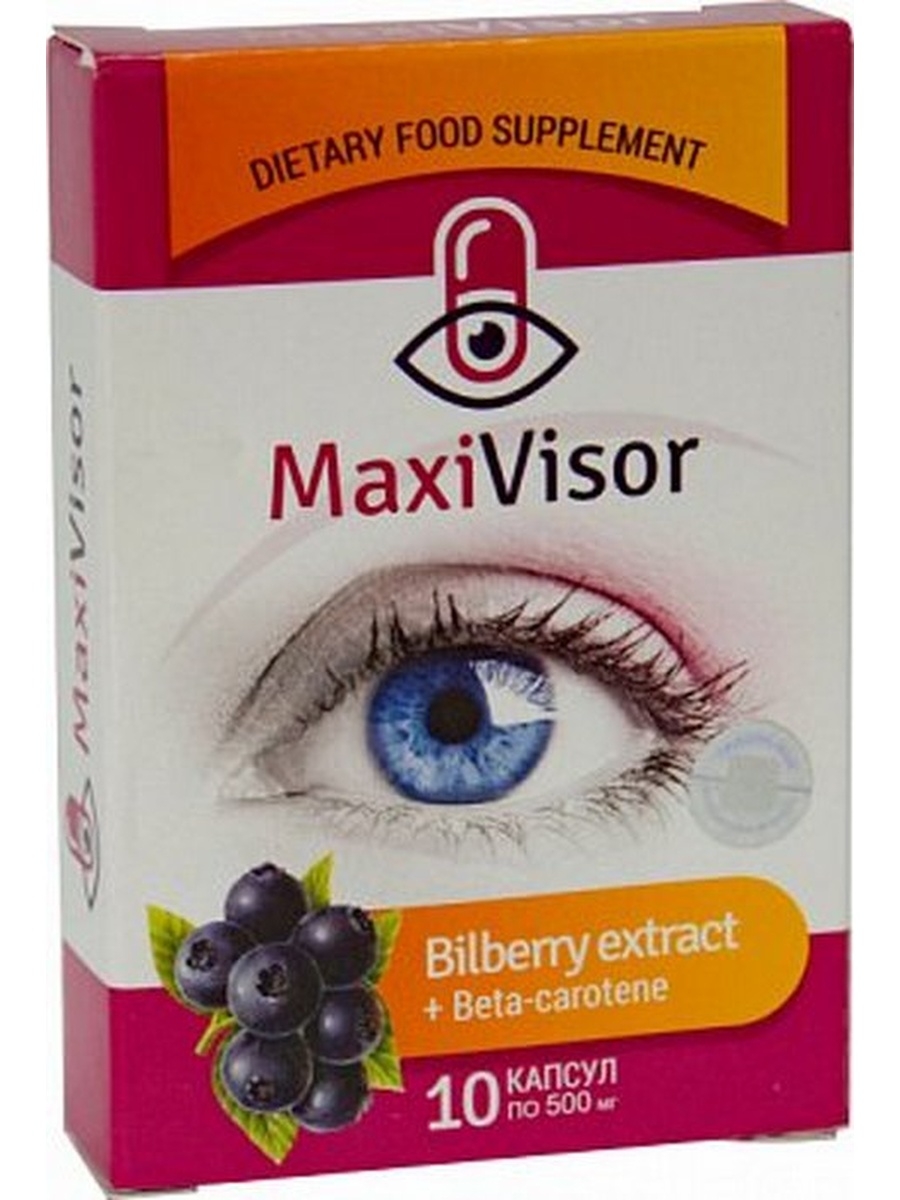

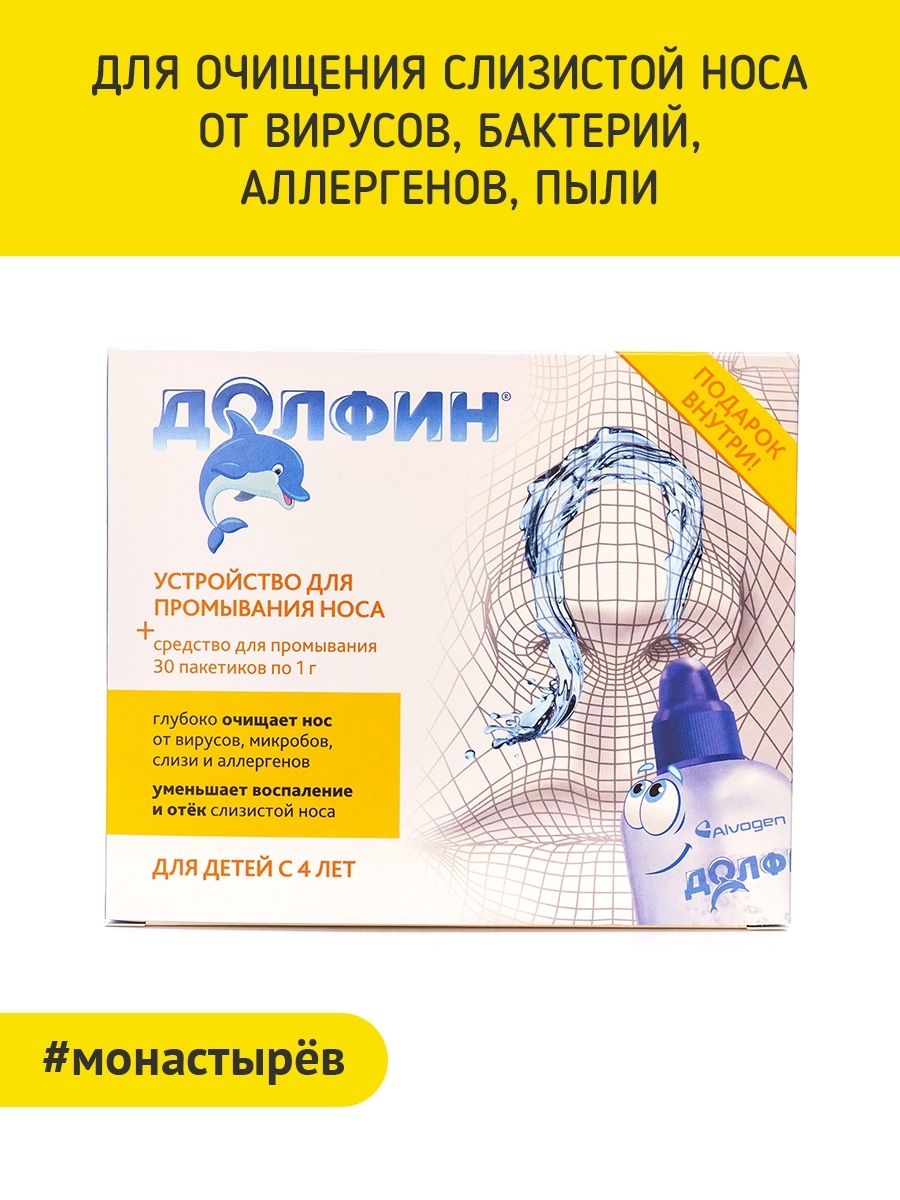
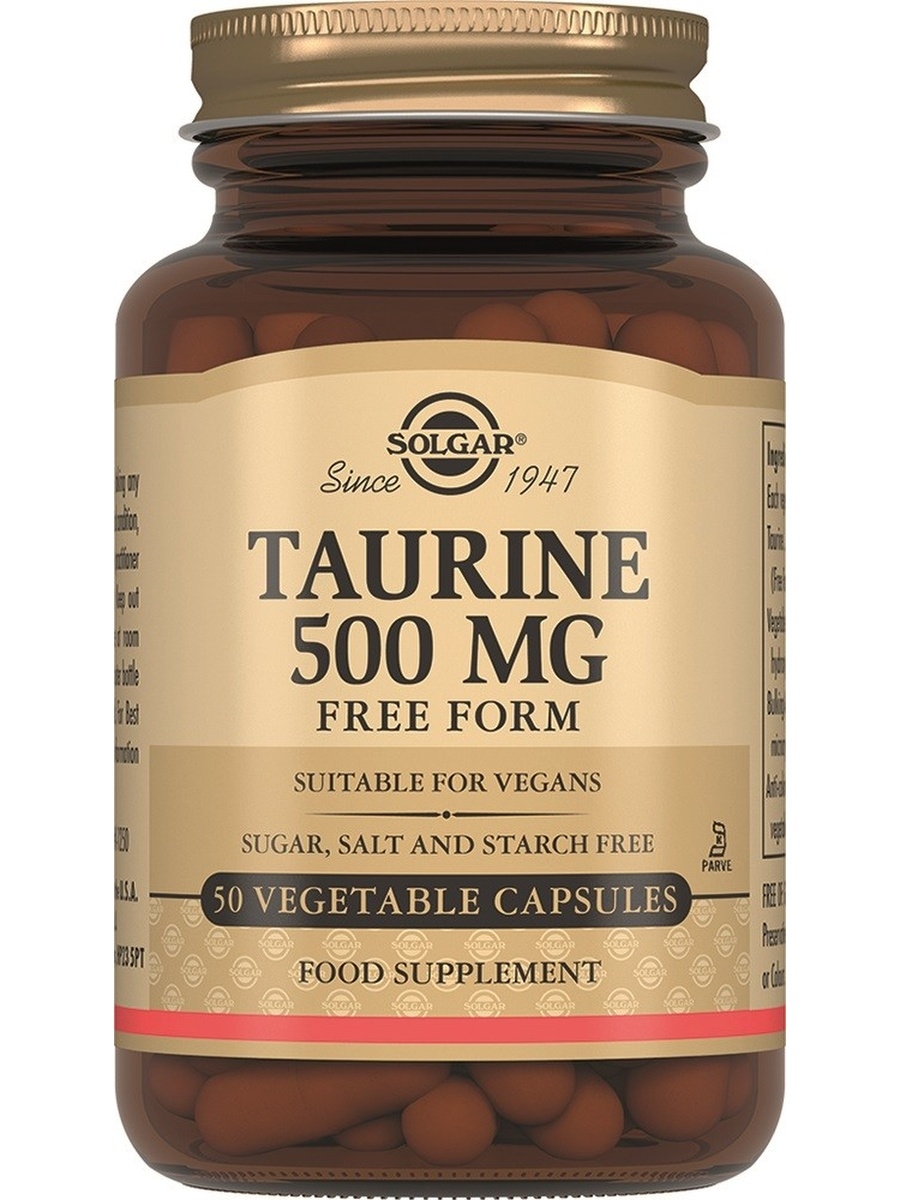




There are no reviews yet.